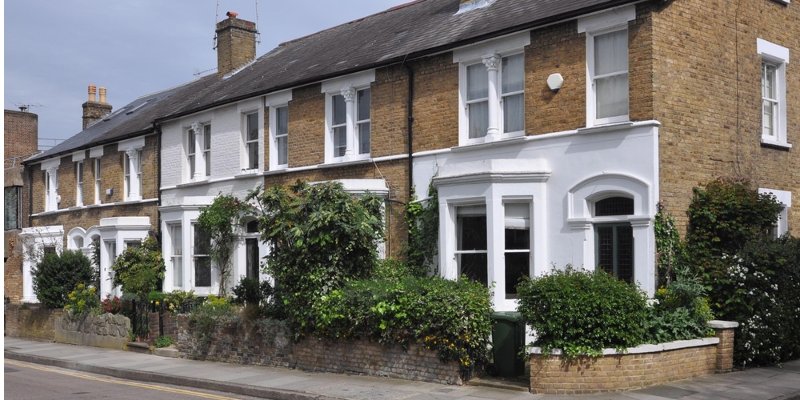Furthermore, house prices in the three months to May were 5.2% higher than in the same three months a year earlier, and on a monthly basis,theyrose by 0.5%.

House prices were 2.5% higher between March and May than in the preceding three months of December to February, Halifax’s House Price Index has found.
Furthermore, house prices in the three months to May were 5.2% higher than in the same three months a year earlier, and on a monthly basis,theyrose by 0.5%.
Russell Galley, managing director, Halifax, said: “We saw a slight increase in house prices between April and May, but the overall message is one of stability.
“Despite the ongoing political and economic uncertainty, underlying conditions in the broader economy continue to underpin the housing market, particularly the twin factors of high employment and low interest rates.
“This is supported by industry-wide figures which suggest no real change in the number of homes being sold month to month, while Bank of England data show the number of mortgages being approved rose by almost 6% in April, reversing the softness seen in the previous month.
“While current conditions may help those looking to make their first move onto the property ladder, existing homeowners will doubtless be considering long-term house price growth which continues to look subdued in comparison to recent years.
“Looking ahead, we expect the current trend of stability based on high employment and low interest rates to persist over the coming months, though clearly any downturn in the wider economy would be keenly felt in the housing market.”
Tomer Aboody, director of property lender MT Finance, added:“With an annual rise in values based on the same period last year, along with a steady increase in transactions, the housing market is continuing to show signs both of recovery and confidence.
“Buyers have come to the conclusion that enough is enough, and the uncertain conditions which have been facing them could carry on for a while still, so that shouldn't hold them back from getting on the ladder or moving up or down it.
“Fewer homes are on the market since sellers feel that they either don't have to sell when values are still down on 2016 or with the stamp duty levels being so high they can't afford the step up so are staying put for now. We don’t see this changing anytime soon.”
HMRC monthly data showed in April there were 99,420 home sales which is close to the five-year average of 101,249 and follows a similar result in March. Sales in February to April fell 0.2%, against the levels in November to January.
Meanwhile Bank of England industry-wide figures showed that the number of mortgages approved to finance house purchases – a leading indicator of completed house sales – rose 5.9% in April to 66,261.
The April rate is just above the five-year average monthly approval rate of 66,066, and is 1,118 above the previous 12 month average of 65,143.
While this is a notable change on a monthly basis, the approval level is still very close to the longer-term averages.
The RICS UK Residential Market Survey again showed demand for and supply of housing remains subdued for another month with sales to stock ratio dropping slightly to 30.7% last month, its lowest rate since September 2013.
Price expectations and sales expectations showed a small improvement, for the third month running, but both expectations remained firmly negative.
Jeremy Leaf, north London estate agent and a former RICS residential chairman, said: “Not just the country but the property market is in limbo.
“Uncertainty is outweighing job and wages growth as well as almost record low mortgage rates.
“No major correction has been seen or is expected and the market remains relatively resilient but continuing lack of urgency means business is tough for all, other than those buyers and sellers prepared to take a more realistic approach to present realities.”



